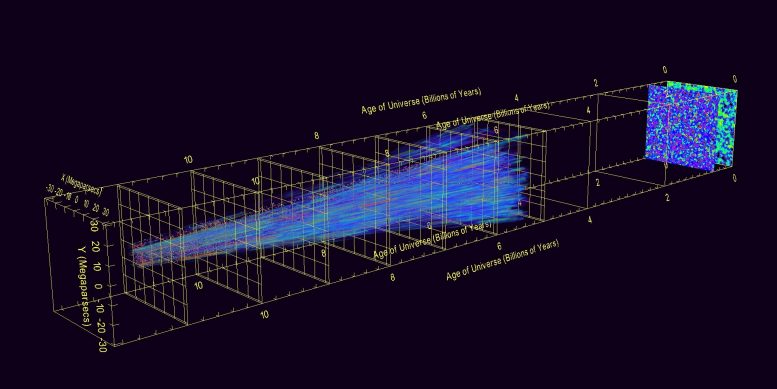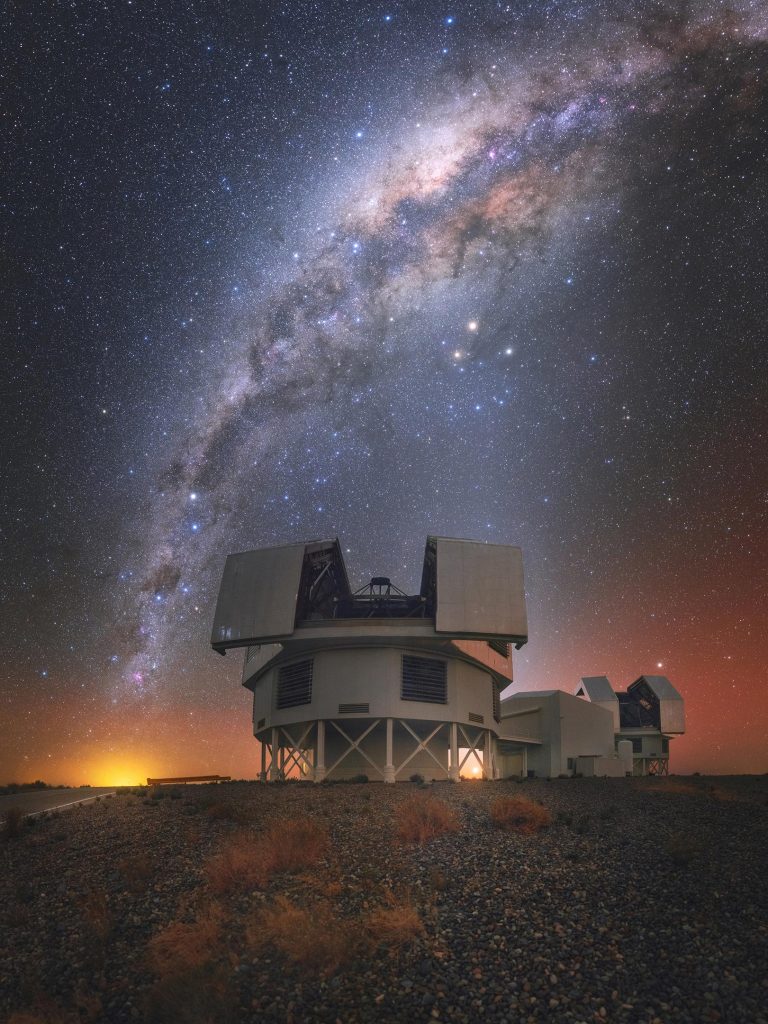Here, I have mixed in a little bit of everything over the past two years (2020 - Feb 2022) related to quantum cosmologies as I have covered them in some aspect of the subject itself - along with any topics especially relating to cosmology and metaphysics, process philosophy and theology, or the evolutionary origins of the universe from a processual basis.
The reader may pick-and-choose the topics to connect together one-with-the-other with the thought that hopefully, I've been able to address a few other topics which may help "expand and extend" the cosmic metaphors, philosophies, and ontological possibilities humanity has been searching; topics which may help make sense of the cold, hard scientific facts the metamodern sciences are discovering one-after-the-other. If you will then, this index here is a constructive cosmological process-based metaframework of the living organism we live within panrelationally, panexperientially, and panpsychically.
As you'll see, my bias will run towards Whitehead's Philosophy of Organism ( sic, Process Philosophy) as it has been responding to the quantum sciences of the 20th and 21st Centuries. As an integral philosophy of everything, process thought has been responding quite helpfully in providing the (processual) sciences of cosmology and evolution with a metaphysical and ontological perspective (this latter, re ontology, comes courtesy of process theology).
You'll also notice from the CD cover below, that science itself has been attempting to provide it's own philosophical perspectives through "look-backs" in history. For the English mathematician and philosopher Alfred North Whitehead, he started with the German Idealist Hegel whose cosmological outlook began - but became overwhelmed - within the trappings of his enlightenment era when fellow philosophers over the next several hundred years got caught up in the idea of a mechanistic, matter v mind cosmology and did not extend his work.
As a Scientist and Royal Academy Fellow, Whitehead noticed the need for a relevant cosmology after completing his Principia Mathematic with Bertrand Russel and immediately set out to complete his life's last project by re-orienting science towards a relationally processual essence of being. Translated, this meant to see the world as "an organic essence full of relationality, open-endedness, and prehensive concreasences of actualities and possibilities."
And so I don't think the reader will be disappointed when reading through these postings. For myself, Process Philosophy has meaningfully circumscribed itself around all previous Western and Continental philosophies, and has helpfully integrated some of the more salient points of Middle-Eastern and Oriental philosophy as well. This is why Process Philosophy portends towards becoming, for the time being, an overarching integral theory of cosmology, metaphysics, and ontology.
See what you think. Enjoy.
R.E. Slater
February 8, 2022
EVERYTHING FROM 2021-2022
RELATING TO PROCESS COSMOLOGY
(in chronological order)
You will find that there will be some overlap of the same articles appearing in several categories. As explanation, I felt these posts aptly fit each categorical reference which it subtended under. Hence, the topic at hand was broad enough to be applied widely so that if a researcher wished to study a topical category of choice this form of categorization may help the best in attaining to their effort. Thus the overlaps. (PS. Similarly, you'll find a dizzying amount of article replications in the "Index - Bible topics" as well; again, because of the breadth of topic being handled by that one specific post.) With deepest apologies.
- R.E. Slater
Process Cosmology
Science & Cosmology
Science & the Universe
Please note: All articles are listed chronologically by date, each building upon the last. Though the reader may pick and chose their subject as they please, do realize that for myself I wrote some of these in a "date-ordered series" attempting to connect my separate thoughts to the last as I understood them. Hence, what wasn't covered in one article was most probably covered by several other past articles or future articles which I had laid aside to attend to the present matter. Thus, such topics were skipped over. As example, I've spoken many times of divine immanence but have never separated out the present-ness of divine immanence. It was always assumed by myself that a present context was implied by the topic. In hindsight I will need to develop several future articles connecting these two ideas to the larger idea of process panentheism to help "round out" the subtending ideas within panentheism.
- R.E. Slater


Andrew M. Davis - 10 Ideas in Whiteheadian Thought




Astrobiology, Exo-Philosophy and Cosmic Religion



 Time & the Primordial Universe - Einstein vs. Bergson, by Campo & Gozzano
Time & the Primordial Universe - Einstein vs. Bergson, by Campo & Gozzano

COSMOLOGY - The Philosophy of MetaPhysical Cosmology




The Quantum Physics of a Particle Universe <-- recommended





R.E. Slater - A Long Journey Ended <-- recommended

Matthew T. Segall - Cosmopolitic Ecological Civilizations <-- recommended


Quantum Mechanics: 100 Instructional Videos <-- recommended

The Quantum Physics of a Particle Universe <-- recommended

Arguments for "Creatio Continua": What Came Before the Big Bang? <-- recommended

Can God Live Outside of Time? Why Would This NOT Be Important? <-- recommended





COSMOLOGY - The Philosophy of MetaPhysical Cosmology




The Quantum Physics of a Particle Universe <-- recommended





R.E. Slater - A Long Journey Ended <-- recommended

Matthew T. Segall - Cosmopolitic Ecological Civilizations <-- recommended
Science & Space


Quantum Mechanics: 100 Instructional Videos <-- recommended

The Quantum Physics of a Particle Universe <-- recommended

Arguments for "Creatio Continua": What Came Before the Big Bang? <-- recommended

Can God Live Outside of Time? Why Would This NOT Be Important? <-- recommended



.jpg)


















































